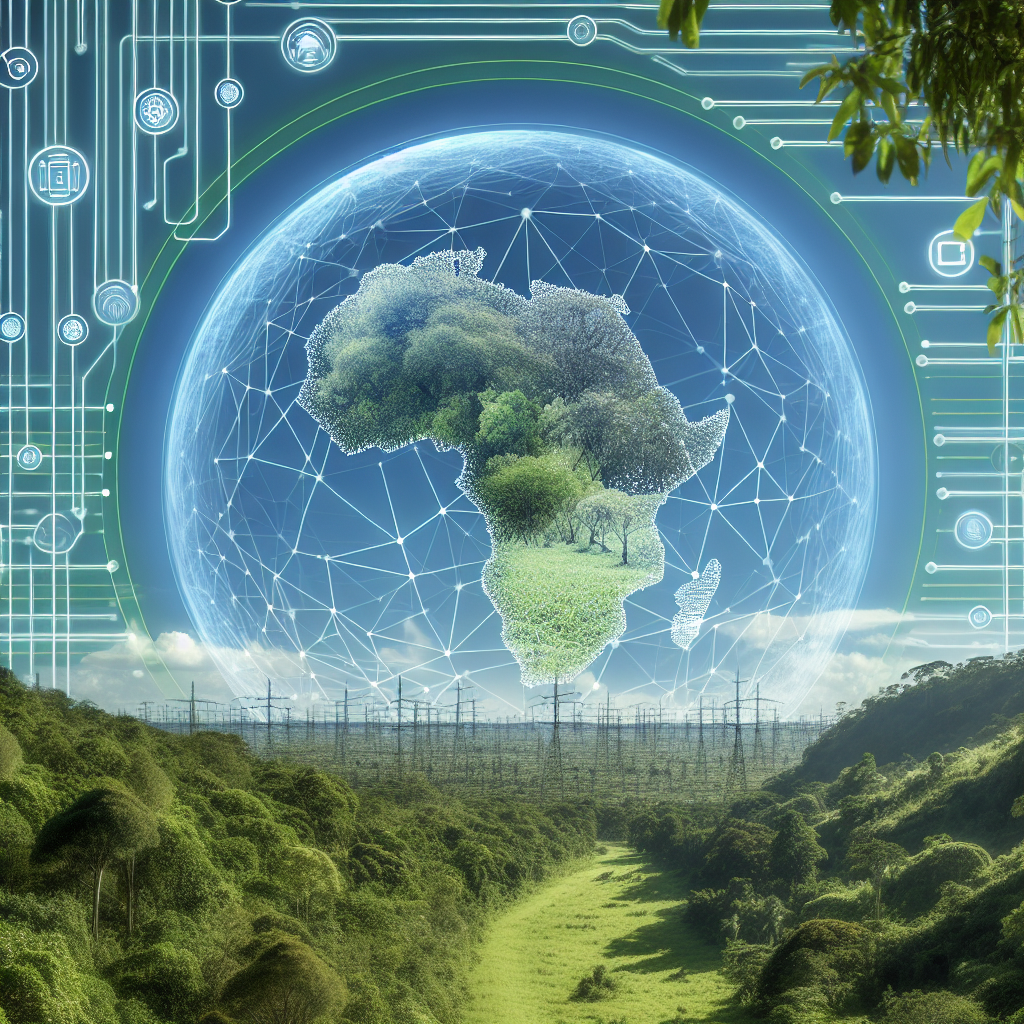AI for Ecosystem Restoration: Healing the Planet with Innovation
In recent years, the impact of human activities on the environment has become increasingly apparent. From deforestation and habitat destruction to climate change and pollution, our actions have led to the degradation of ecosystems around the world. But as we face the consequences of our actions, there is hope on the horizon in the form of artificial intelligence (AI) technology.
AI has the potential to revolutionize the way we approach ecosystem restoration, offering innovative solutions that can help heal the planet and protect biodiversity. By leveraging the power of AI, we can better understand and monitor ecosystems, identify threats, and implement effective conservation strategies. In this article, we will explore the role of AI in ecosystem restoration and how it can be used to address some of the most pressing environmental challenges we face today.
Understanding Ecosystem Restoration
Ecosystem restoration is the process of repairing or restoring damaged ecosystems to their natural state. This can include a wide range of activities, such as planting trees, restoring wetlands, and reintroducing native species. The goal of ecosystem restoration is to improve the health and resilience of ecosystems, helping them to recover from the impacts of human activities and thrive in the face of environmental challenges.
Ecosystem restoration is essential for maintaining biodiversity, supporting ecosystem services, and mitigating the effects of climate change. Healthy ecosystems provide a wide range of benefits to humans, including clean air and water, fertile soil, and natural resources. By restoring damaged ecosystems, we can help ensure the well-being of both the environment and society.
The Role of AI in Ecosystem Restoration
AI has the potential to transform the field of ecosystem restoration by providing new tools and technologies that can enhance our understanding of ecosystems and improve conservation efforts. AI algorithms can analyze complex data sets, identify patterns and trends, and make predictions about the future of ecosystems. By harnessing the power of AI, we can monitor ecosystems more effectively, detect threats early on, and develop targeted conservation strategies.
One of the key ways AI can be used in ecosystem restoration is through remote sensing. Remote sensing technologies, such as satellites and drones, can collect data about the environment from a distance. AI algorithms can then analyze this data to map ecosystems, monitor changes over time, and identify areas that require intervention. By combining remote sensing with AI, conservationists can gain valuable insights into the health of ecosystems and make informed decisions about how best to restore them.
AI can also be used to predict the impacts of climate change on ecosystems and develop strategies to mitigate these effects. By analyzing climate data and ecosystem models, AI algorithms can forecast how ecosystems will respond to changing environmental conditions and help prioritize conservation efforts. This can help ensure that limited resources are used efficiently and effectively to protect the most vulnerable ecosystems.
In addition to monitoring and prediction, AI can also be used to optimize conservation strategies and improve decision-making. By analyzing data on species distributions, habitat characteristics, and ecological relationships, AI algorithms can help identify the most effective interventions for restoring ecosystems. This can include identifying the best locations for planting trees, designing corridors for wildlife movement, and reintroducing species to their natural habitats.
Overall, AI has the potential to revolutionize ecosystem restoration by providing new tools and technologies that can enhance our understanding of ecosystems, improve conservation efforts, and help heal the planet. By harnessing the power of AI, we can work towards a more sustainable future for both humans and the environment.
FAQs:
Q: How can AI help with monitoring ecosystems?
A: AI can analyze data collected from remote sensing technologies to monitor ecosystems, identify changes over time, and detect threats early on.
Q: Can AI predict the impacts of climate change on ecosystems?
A: Yes, AI algorithms can analyze climate data and ecosystem models to forecast how ecosystems will respond to changing environmental conditions.
Q: How can AI optimize conservation strategies?
A: AI can analyze data on species distributions, habitat characteristics, and ecological relationships to identify the most effective interventions for restoring ecosystems.
Q: What are some examples of AI technologies used in ecosystem restoration?
A: Examples include satellite imaging, drone technology, and machine learning algorithms for data analysis and prediction.
Q: How can AI help with decision-making in ecosystem restoration?
A: AI can provide valuable insights and recommendations for conservation strategies, helping to prioritize interventions and allocate resources effectively.
In conclusion, AI has the potential to revolutionize ecosystem restoration by providing innovative tools and technologies that can help heal the planet and protect biodiversity. By leveraging the power of AI, we can monitor ecosystems more effectively, predict the impacts of climate change, optimize conservation strategies, and improve decision-making. As we face the challenges of environmental degradation and biodiversity loss, AI offers new hope for a sustainable future for both humans and the environment.

